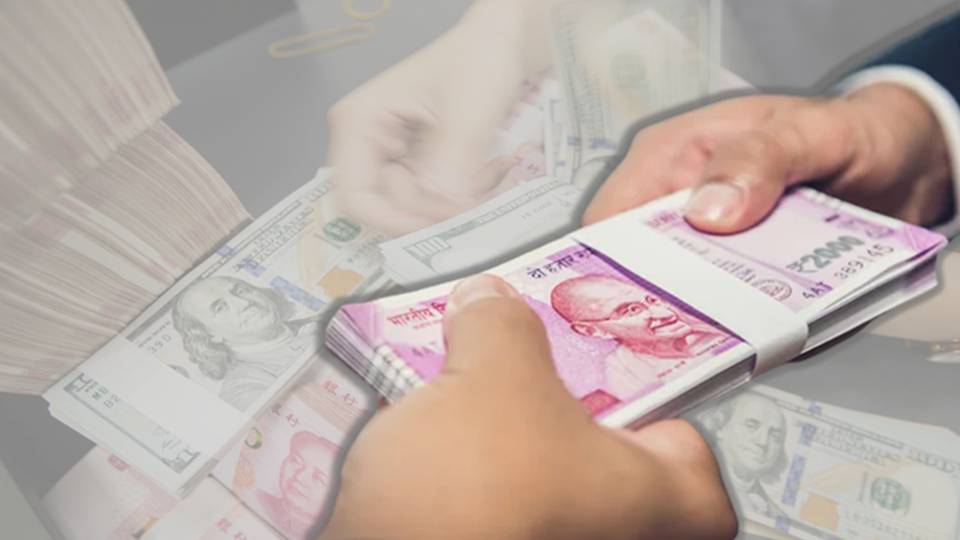The value of Special Drawing Rights in the International Monetary Fund is decided on the basis of a basket of the world’s five leading currencies – the US dollar, the European Union’s Euro, the Japanese Yen, the United Kingdom’s Pound, and China’s Yuan. These five currencies decide world trade and in a way, establish a country’s monopoly in international trade. The adoption of a currency in international trade reflects a country’s economic stability and provides strategic leverage to influence the International Monetary Fund’s decision. It also builds confidence among international investors to invest in the IMF’s recognised currency’s domestic market.
So, it is highly important for a country like India, which is the third-largest economy in the world in terms of purchasing power parity (PPP), to make its currency globalized.
India’s Trade with Russia in Yuan
According to a recent report published in Economic Times, “An Indian cement maker has brought Russian Coal using Chinese Yuan”. The report suggests that the transaction has been made following the international sanctions on Russian trade in US dollars and European Union’s decision to debar Russia from the SWIFT (Society for Worldwide Interbank Financial Telecommunications) international payment system.
It is reported that Russian coal producer Siberian Coal Energy Company (SUEK) exported its coal to HDFC Bank-backed cement maker Ultratech for 172.7 million yuan ($25.74 million). The transaction has been made through the China-based HSBC bank and a letter of credit has been issued by HDFC’s Mumbai branch to China Evernight Banks. The transaction happened through a correspondent bank that does not possess any sanctions liabilities of US dollars.
The Currency Game of International Trade
Following Russia’s ‘Special Operations’ in Ukraine, a mammoth of sanctions have been imposed on Russian traders and their businesses. Russia is one of the largest producers of energy resources like coal, crude, and gas. Sanctions of the West provided energy deficit countries like China and India an opportunity to import energy resources at a discounted rate from Russia. Barred to trade in US dollars, Russian companies are searching for alternate currencies for the transaction, to bypass sanctions and continue with their exports.
Although, Rupee-Rouble trade has been allowed between India and Russia, but, Russian traders are preferably opting to accept the Chinese Yuan. It is due to the fact that China has a huge export base and is an ideologue partner of Russia.
It is important to understand that the extensive use of the Chinese currency will strengthen its position in international trade. Internationalizing the Yuan will lead to a decrease in the dominance of US dollars in global trade. Further, the space vacated by the dollars would be replaced by the Yuan.
Since World War 2, the use of dollars in international trade has helped the United States to establish its hegemony in the world. The resilient currency provided the country with a stable economy and built a conducive environment for investments. Further, dominating positions in the International Monetary Fund and other multilateral organizations helped them to tweak the financial and economic policies of the world. In a way, the road to superpower goes through the huge market expansion of the country, and so the American hegemony was established.
It’s time to internationalize the Indian Rupees
International recognition of a country’s currency comes in front of the basket of currency recognised by the IMF. But, despite being one of the largest economies in the World, the Indian currency, Rupee, has not been recognised.
India is one of the most resilient and fastest-growing economies in the world. India is the world’s third-largest economy in terms of purchasing power parity and sixth in terms of nominal GDP rate. Further, reports suggest that the nation, with about USD 8 trillion, will become the third-largest replacing Japan, Germany, and the United Kingdom by 2030.
So, it is very imperative to support the economic expansion of the country with a stable currency and a resilient export base. The transactions with Russia should be made in Indian Rupees to internationalize the currency’s value.
Giving leverage to Indian Rupee in international trade will stabilize the currency’s value and develop the confidence of international investors in the country’s growth. The recurring effect of investment and economic expansion will boost the export market and will help in recognising Indian Rupees in the International Monetary Fund’s Special Drawing Rights assets.
Support TFI:
Support us to strengthen the ‘Right’ ideology of cultural nationalism by purchasing the best quality garments from TFI-STORE.COM
